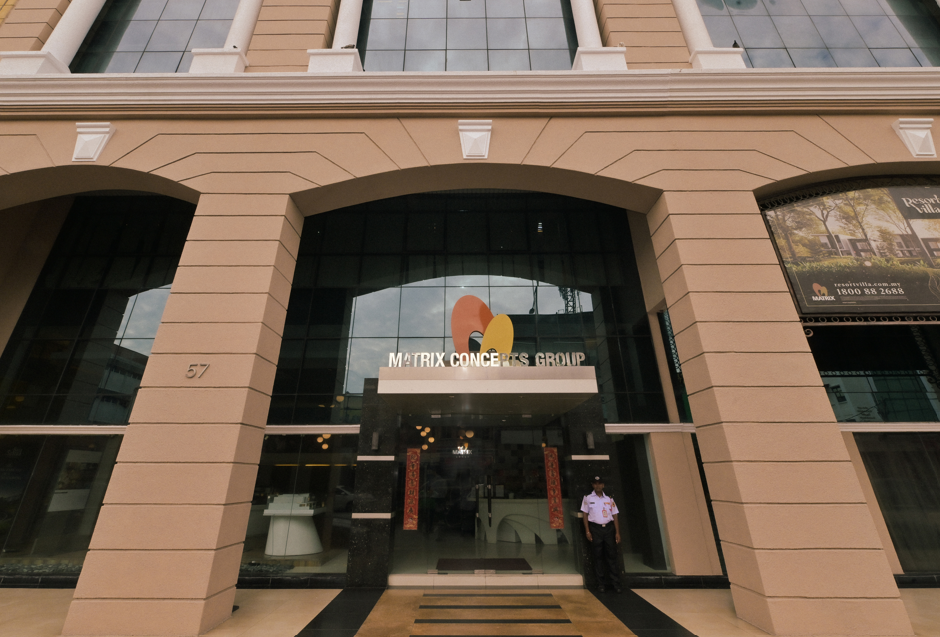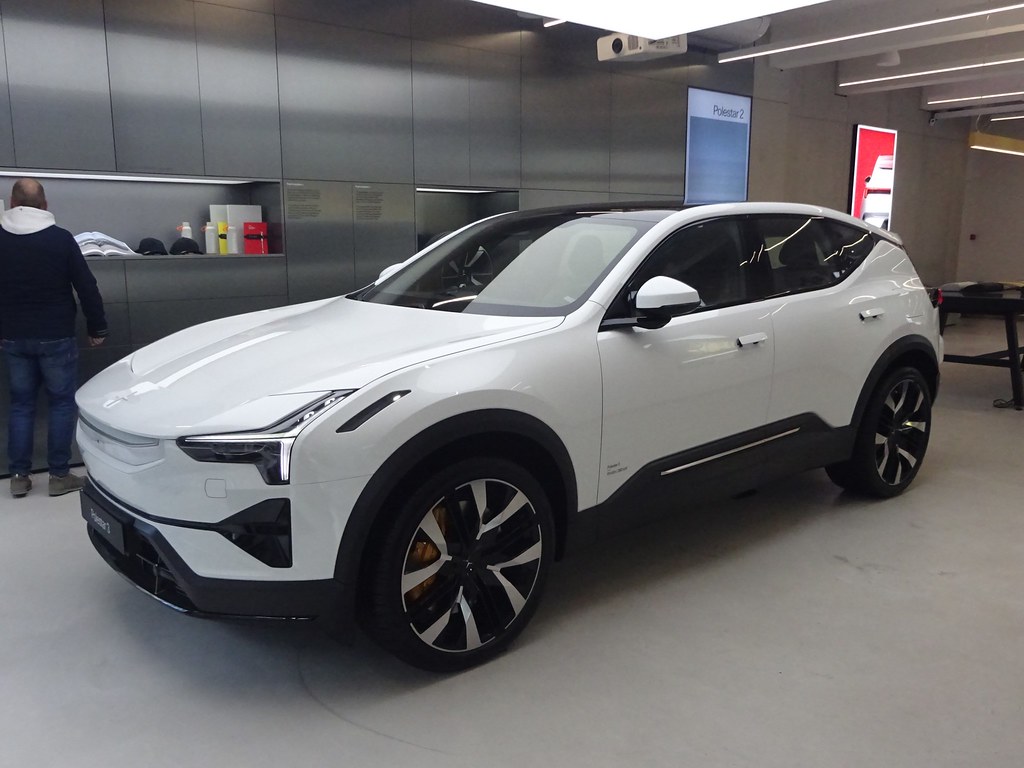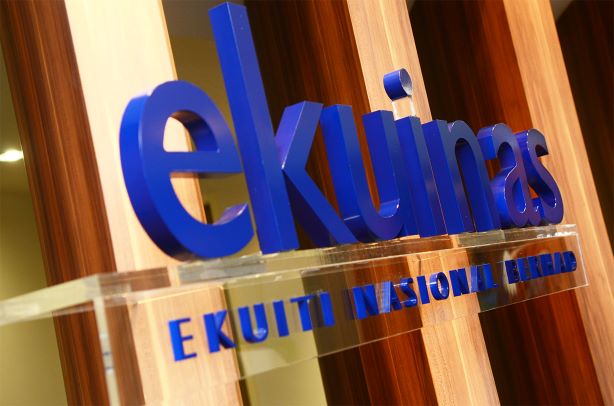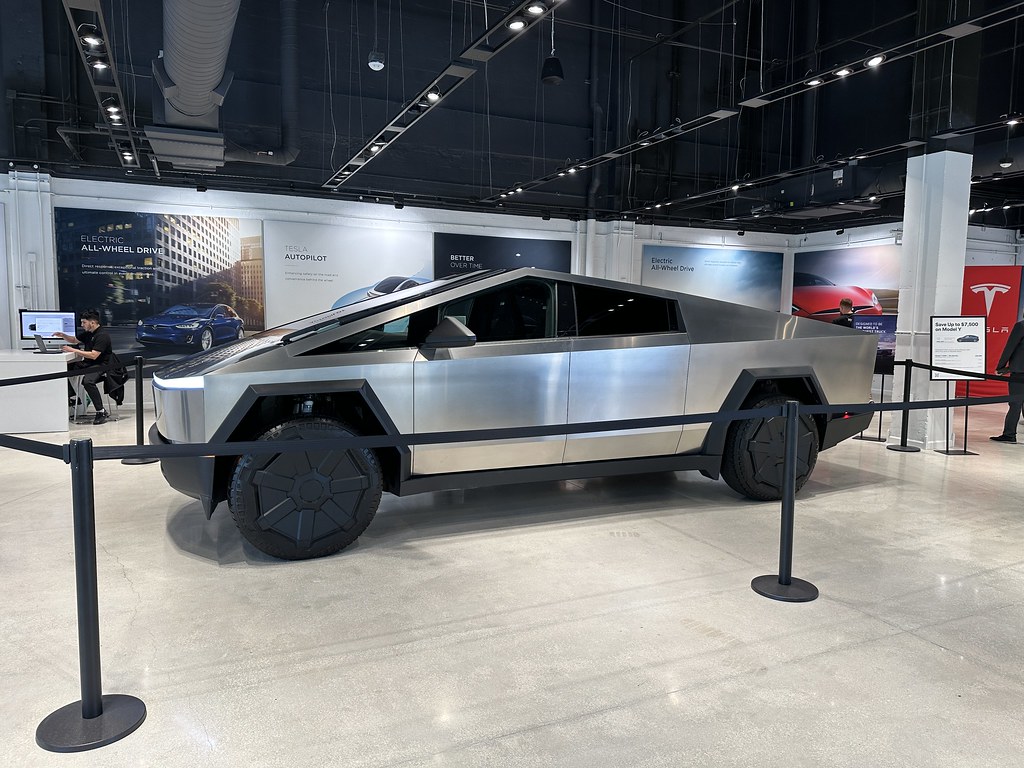Volvo Cars is exploring building a new plug-in hybrid vehicle at its Ridgeland, South Carolina facility. CEO and President Håkan Samuelsson revealed the plan during an analyst call on April 29, explaining it as a move to improve production efficiency and better utilize underused capacity.
This initiative is part of Volvo’s broader strategy to safeguard profits by cutting costs by 18 billion Swedish kronor ($1.8 billion) by 2026. While Samuelsson acknowledged that boosting domestic production could offset rising import duties, the company has already reduced the Ridgeland workforce by approximately 5%—125 jobs eliminated out of 2,500 employees—according to a Volvo spokesperson.
Though tariffs were not cited as the primary motivation for the cost cuts, Samuelsson emphasized that the measures aim to strengthen the company’s resilience amid unprecedented industry challenges.
Focus on Profitability, Electrification, and Regionalization
Samuelsson highlighted three pillars for Volvo’s future direction: profitability, electrification, and regionalization. Despite launching the EX90 fully electric SUV at Ridgeland last June, production levels have yet to reach the plant’s full capacity of 150,000 vehicles per year.
To maximize output, the company intends to introduce another model to the facility as soon as possible. However, this will not be an all-electric vehicle but rather a “more conventional plug-in hybrid in a very attractive and popular shape,” designed to boost production volume.
The Ridgeland plant also produces the Polestar 3 electric SUV. As production ramps up for both Volvo and Polestar models, cost savings are anticipated through shared components, leveraging efficiencies unique to the parent company, Zhejiang Geely Holding.
Samuelsson described this synergy as “a unique opportunity” that few other automakers possess.
What The Author Thinks
Volvo’s move to add a plug-in hybrid at its U.S. plant reflects a pragmatic approach to navigating today’s volatile automotive market. By balancing electrification goals with market demand for hybrids, Volvo can maintain volume and profitability while adapting to tariff pressures and production capacity challenges. This strategy underscores the importance of flexibility in an era where regulations, consumer preferences, and global supply chains constantly shift.













